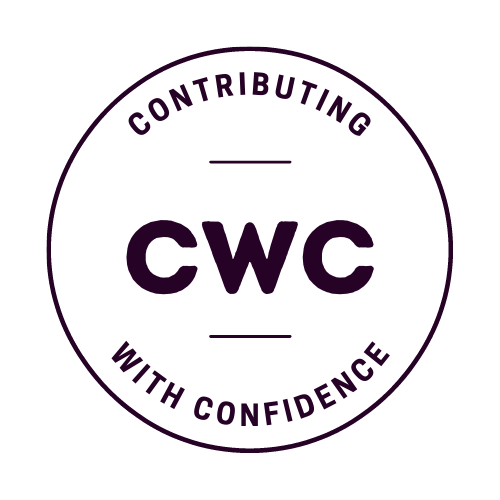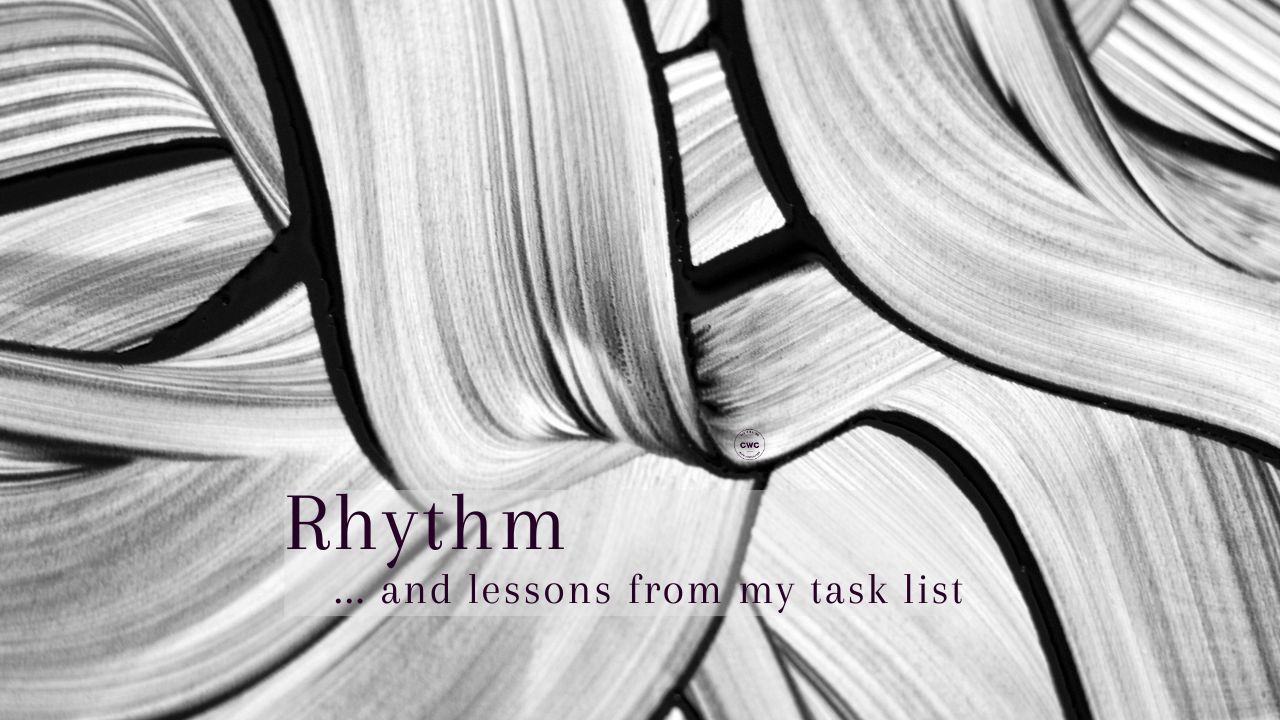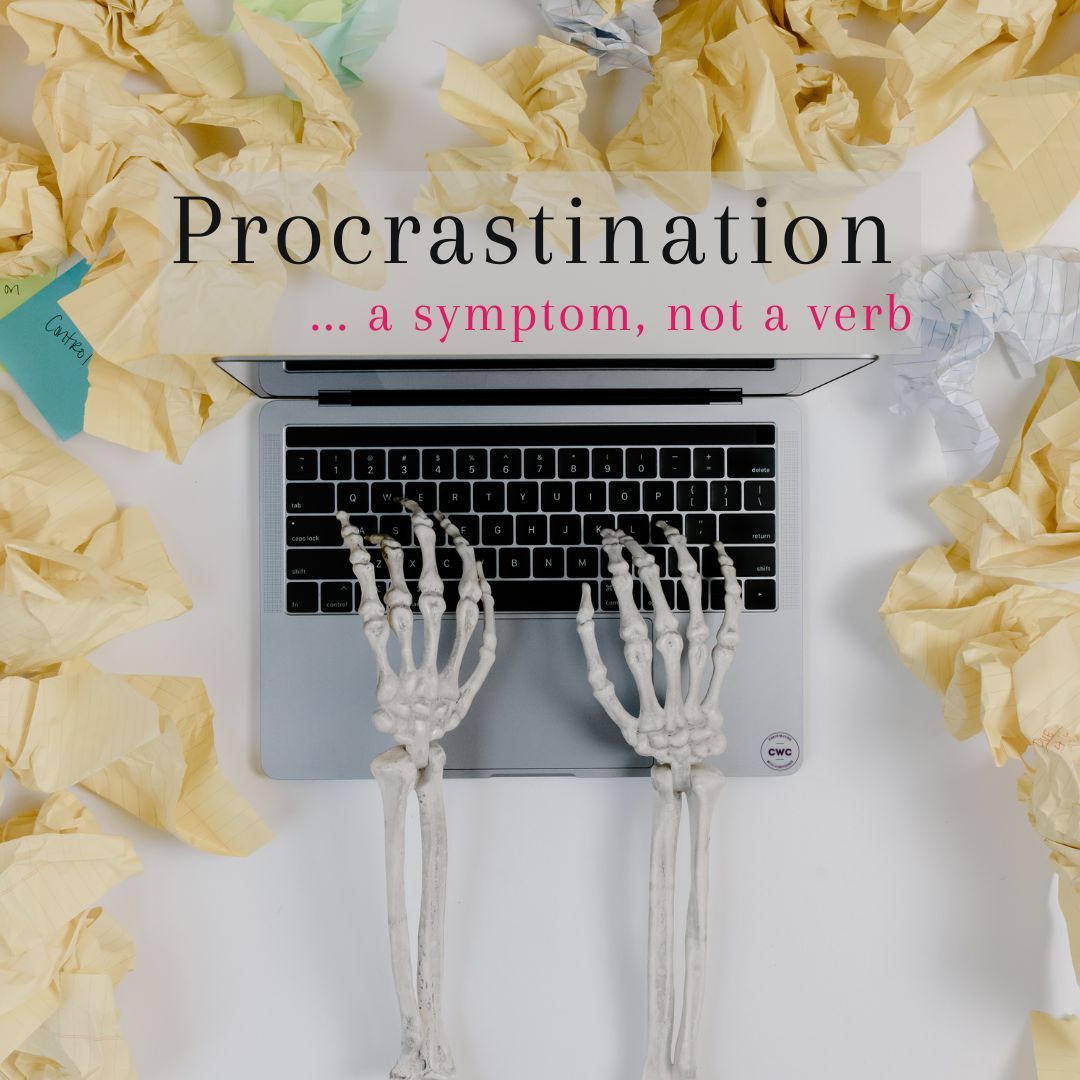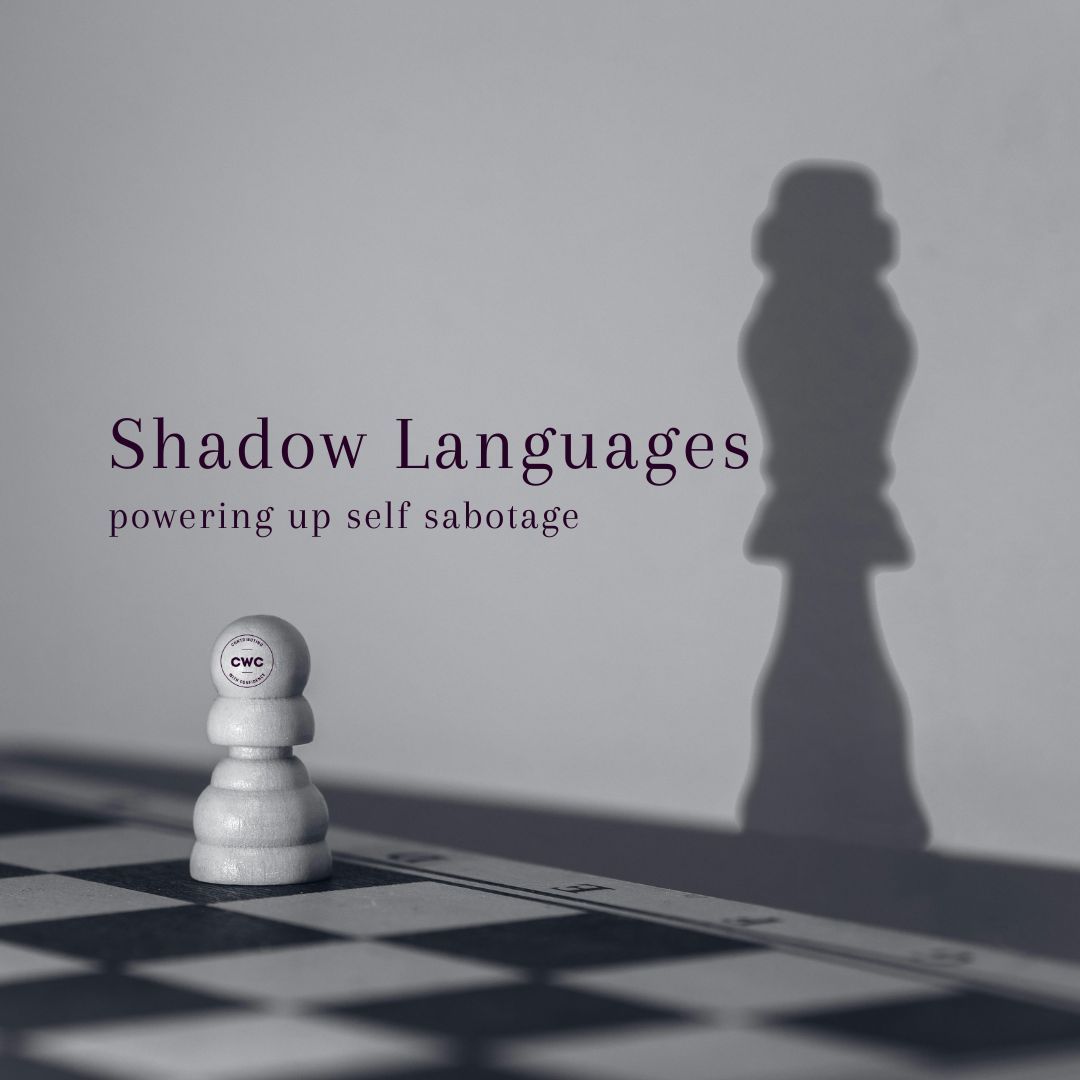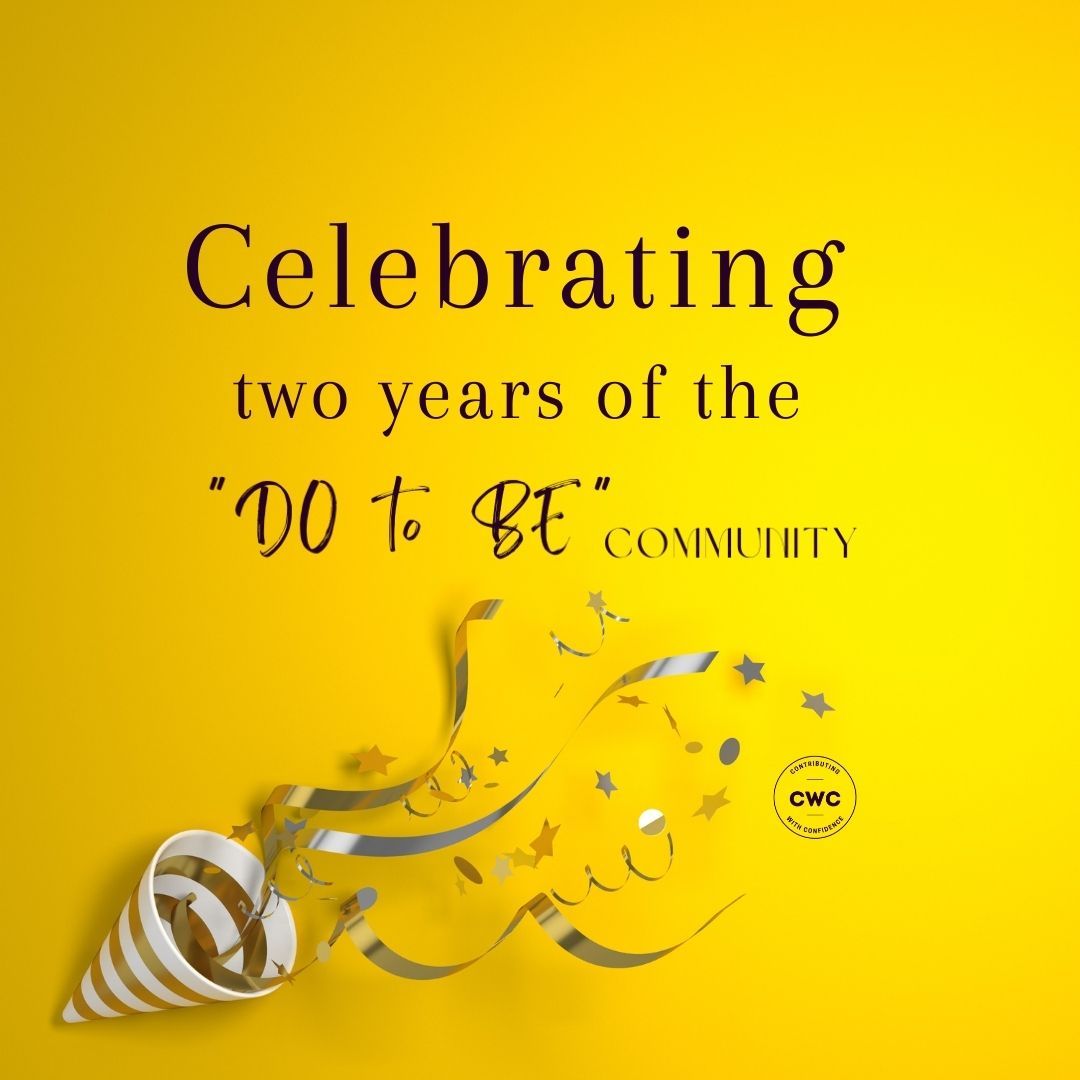Chairing meetings
Alison Randle • 19 May 2020
How do some people make it look so easy?

How is that for you? Daunting; frustrating; hollow; disappointing – just a few of the responses from people who don't enjoy chairing meetings. Perhaps this is not surprising when we consider that these are a set of skills that are rarely taught. Like so much else, we learn via a mix of watching others and personal trial and error, which can sometimes just feel like a stream of errors and poorly herded cats.
Getting everything right, completing a constructive meeting which leaves participants smiling, happily chatting, and planning their next steps with one another, is highly rewarding. The really effective people make it look easy but the answer, as with so many things, is not mystical powers, it's usually a question of executing some simple steps to prepare well.
When does a successful meeting begin? Is it from when consensus was found between a group of peers to set the meeting’s purpose, time and place? Or is it a process rather than a point in time, the foundation of which lies in the attitudes and the culture of the meeting, a process that builds each time this group of people meet? I think so. What’s more, it isn’t so much about the performance of the Chair during a meeting. It isn’t about you ‘getting everything right’; it is about leadership and ensuring that everyone in the meeting understands a few key things:
- The purpose of the meeting
- What level of contribution is expected from them
- When and where to turn up, and when the meeting will end
- What preparation they need to do before the meeting
- What information they need to submit for circulation ahead of the meeting
- Which actions they agreed to during the meeting
In reality, the relative success of the next meeting is founded during the previous meeting, setting the expectation that progress will be discussed, voices will be heard, and problems can be aired without fear of blame or recrimination. Good quality meetings feel like collaboration between peers, with each participant understanding their role whilst listening to and appreciating the contribution from others. Discussion can be hearty, but should never be personal. It should not in any way feel adversarial.
That said, meetings involve people, and the dynamics between people can be clunky or problematical. This is why setting and managing expectations is so important – it reduces the quantity of potential flashpoints. Often people who mis-communicate in meetings feel under-valued, un-seen or otherwise vulnerable. Sometimes it is necessary to let a person speak, uninterrupted, for (perhaps) three long minutes – even, or especially, if they seem out of step with the rest of the group. Counterintuitively, this potentially infuriating ‘time out’ will probably shorten the meeting. It also raises questions. Why is there a burning need to express their view? Have they been triggered by something? What is that? What is going on? Often these little eddies in the liminal regions of a meeting contain real gems and can provide great insight.
After a meeting, it is important to get the action list tidied up and circulated as soon as possible but first there must be time to decompress and reflect. There may have been subtleties in the interactions during the meeting which are hard to notice in the thick of it, when you are keeping both the discussion and agenda ticking along at the right pace. These reflections may affect the post meeting message that you send as a covering note with the action list.
Finally, what about your personal development? Identify one thing to do better next time; consider what you did well; celebrate something, anything.
Want to brush up your skills?
Would you like some training? Maybe you just want to discuss some ideas? Whatever it is, contact me
to find out how you too can become one of those people who make chairing meetings look effortless.
More:
some hints and tips...
Things I won’t chair a meeting without: (the longer list)
1. Purpose
2. Ears
3. A sense of humour
4. A clock
5. Something nice to write with
6. Time for a bit of social interaction
7. Time beforehand to collect my thoughts
8. A well planned agenda, with approximate timings for each item
9. Written reports that were circulated with the agenda about a week ago
10. A sheet for noting agreed SMART* actions
11. Someone else to take notes or minutes
12. An agreed finish time
*Specific | Measurable | Appropriate | Realistic | Timely
A note sheet for recording the agreed SMART actions
1. Create a landscape shaped blank grid to fill a sheet of A4, print it out and bring a few copies to the meeting. Fill it in by hand as decisions are made.
2. chose simple headings, such as:
◦ Agenda Item (No)
◦ Topic
◦ Agreed action
◦ Who
◦ By (date)
◦ Progress
◦ Notes
3. At the end of the meeting, run through the agreed actions, to ensure everyone does agree and you haven’t mis-heard, or mis-represented anyone. [Decide whether you want people to snap a copy on their phones, probably depending on the nature of the meeting.]
4. After the meeting, use another version of your blank grid to type up your handwritten notes for circulating to all meeting participants.
5. Before the next meeting circulate a copy, which may have been updated by then, with the agenda to prompt further action.
6. In between times, use it as a basis to check that everyone has what they need to make progress.
